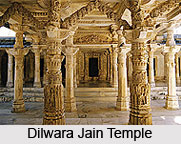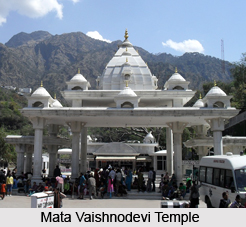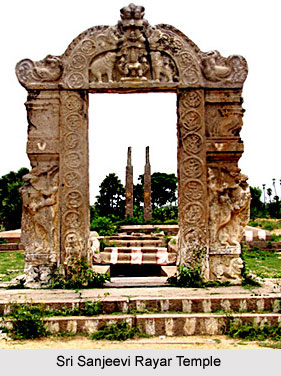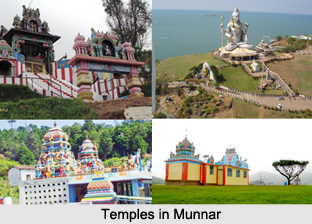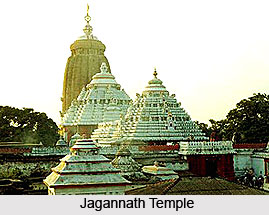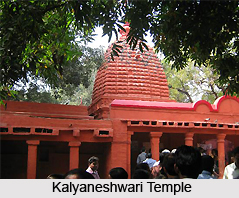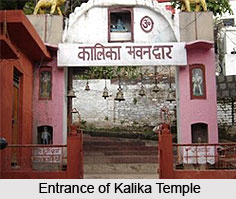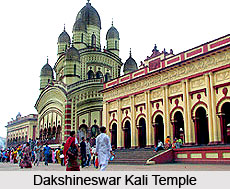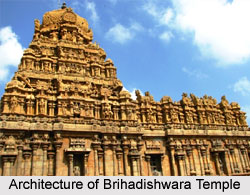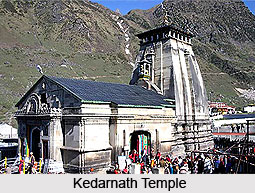 Kedarnath is one of the holiest pilgrimage centers for the Hindus. Kedarnath Temple Jyotirlinga is located in the picturesque surroundings of Rudra Himalaya Range in Uttar Kashi district of the northern state of Uttarankhand. It is positioned close to the Indo-Chinese border and is the source of the Mandakini River. The place remains extremely cold during the winters.
Kedarnath is one of the holiest pilgrimage centers for the Hindus. Kedarnath Temple Jyotirlinga is located in the picturesque surroundings of Rudra Himalaya Range in Uttar Kashi district of the northern state of Uttarankhand. It is positioned close to the Indo-Chinese border and is the source of the Mandakini River. The place remains extremely cold during the winters.
Kedarnath range stands as one of the twelve `Jyotirlingas` of Kedar or Lord Shiva. It lies at an altitude of 3584 mts. on the head of river Mandakini. It is regarded as one of the holiest pilgrimages for the Hindus. The temple in Kedarnath was built in the 8th century by Adi Shankaracharya. The temple stands adjacent to the site of an earlier temple built by the Pandavas.
Legend of Kedarnath Temple
According to one legend Nara and Narayana, the two incarnations of Lord Vishnu performed severe penance in Badrikashraya of Bharat Khand, in front of a Shivalingam. Lord Shiva pleased with their devotion appeared and said them to ask for a boon. Nar and Narayan requested Shiva to take up a permanent abode as a Jyotirlingam at Kedarnath so that all people who worship Shiva shall be freed from their miseries.
According to another legend Goddess Parvati worshipped Kedareshwar to unite with Shiva as Ardhanareeswarar. Yet another legend reflects that the Pandavas had visited this area several times. Arjuna is believed to have visited this place to pray to Shiva to acquire the coveted Pasupataastra. The other Pandavas are also said to have visited Kedarnath in search of Arjuna. Here Draupadi came across the heavenly lotus Kalyana Saugandikam and requested Bhima to fetch her some. While seeking out for the lotus Bhima met Lord Hanuman.
The temple of Kedarnath holds much significance. It is believed that by praying to Kedareshwar, one can get his wishes fulfilled. The importance of the shrine can be understood from the different legends that Upamanyu prayed to Lord Shiva here in this Ktita, Sata Yuga. In Dwapara Yuga the Pandavas worshipped Lord Shiva here. Even the spiritual leader Adi Sankaracharya is closely associated with Kedarnath.
Architecture of Kedarnath Temple
The Kedarnath temple is said to be more than a 1000 years old. It is built of extremely heavy and evenly cut gray slabs of stones. The temple has a garbhagriha for worship and a Mandap for assemblies of pilgrims and visitors. The inner walls of the assembly hall have been intricately designed with figures of various deities and scenes from mythology. Outside the temple door a large statue of the Nandi Bull stands as guard. A conical rock formation inside the temple is worshipped as Lord Shiva in his Sadashiva form. The best time to visit this temple is between May and October.












